Join us at the International Thermal Conductivity Conference (ITCC) and the International Thermal Expansion Symposium (ITES).
February 16, 2024
May 4, 2021
September 26, 2019
May 25, 2021
October 30, 2019
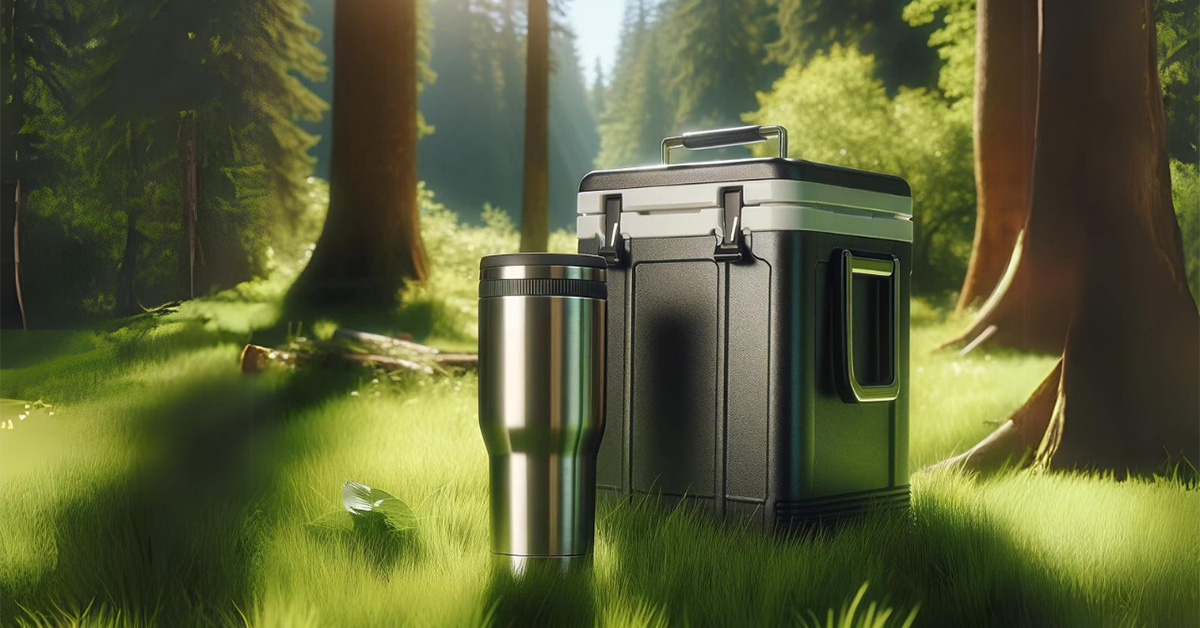
March 28, 2024
Coolers and thermal mugs play vital roles in many of our lives. Understanding the science behind insulation and the different types of materials used to make these products can help you make informed decisions when selecting your next purchase. Choosing the right thermal mug or cooler for your needs is extremely important for making a purchase that will last. Also, knowing what features to look for in insulative products will give you the best bang for your buck.
How well a cooler or travel mug retains temperature depends on several factors. First is the insulation thickness. As mentioned, higher-end coolers or mugs typically contain 2-3x thicker insulation than a basic cooler or mug. Figure 1 gives a great example of the cross-section of a basic department store cooler compared with a high-end cooler. High-end coolers are much heavier due to their thicker and denser thermal insulation, which provides better temperature preservation over time.
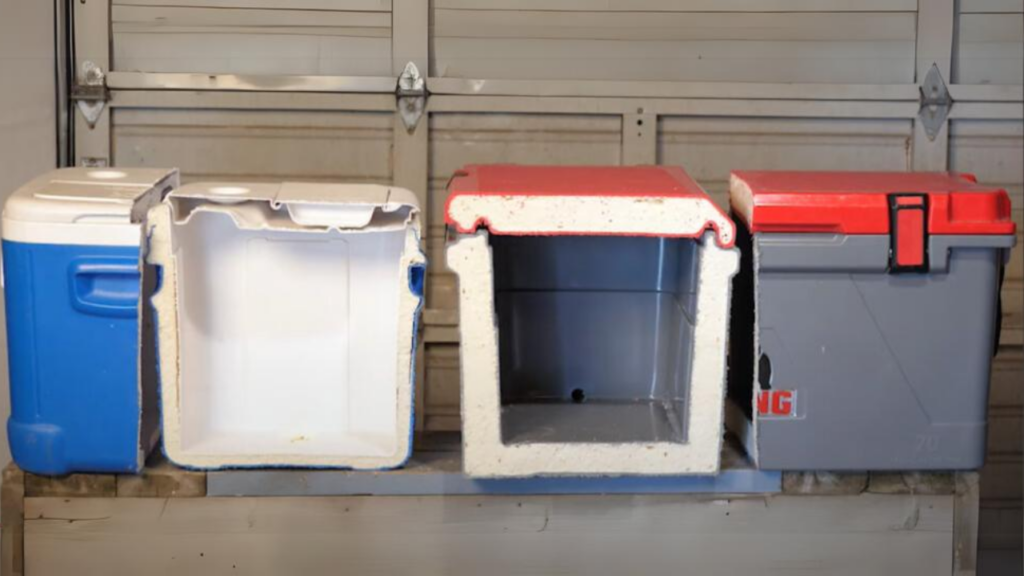
Figure 1. Cross-sectional comparison of insulation thickness in basic (left) and high-end coolers (right).
Seal integrity is pivotal in preserving temperatures, ranking as the second most crucial factor. In coolers and travel mugs, most heat loss occurs through the lid. This is why many insulated mugs now sport a fully enclosed lid with a small opening for sipping. Significant heat can escape or enter when bottles and mugs necessitate lid removal for a sip. The ingenious lid design not only curbs most of the heat loss but also renders the cups leakproof, a vital feature for on-the-go sipping.
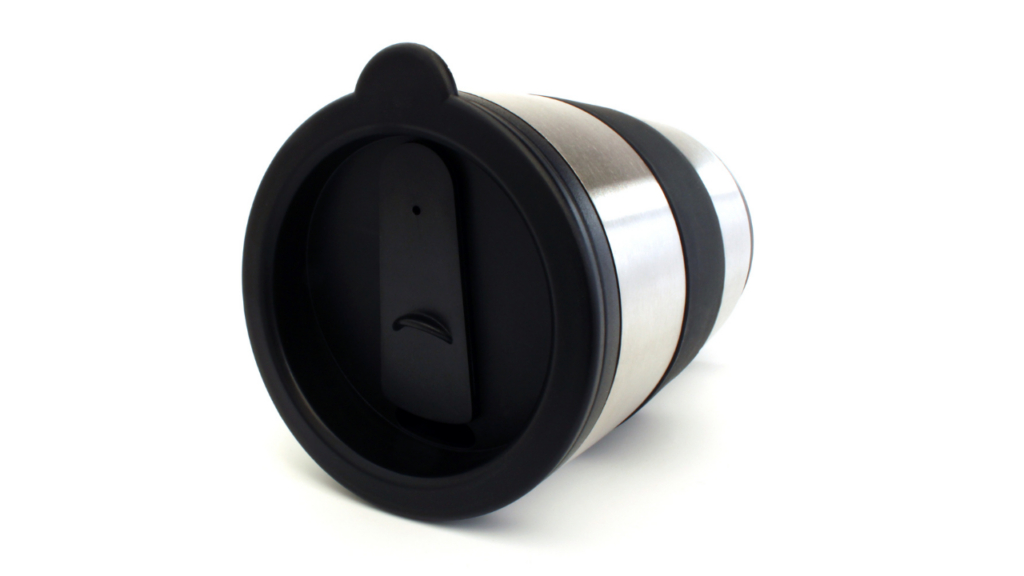
Figure 2. Travel mug lid with good seal integrity.
Coolers are no exception to the rule. Basic coolers are equipped with hollow, blow molded, polypropylene plastic lids. With no insulation, the lid is easily penetrated by surrounding heat, warming up the inner temperature of the cooler. Hence, the lid is filled with the same insulation thickness as the cooler body in high-quality coolers. Unlike basic models, high-end coolers also usually feature a latching mechanism of some kind to keep the insulated lid closed tight and keep heat out when not in use. In addition, these high-end coolers incorporate freezer-grade gaskets around the cooler’s lid, creating an even stronger seal to protect from environmental conditions.
The third factor that influences thermal performance is external conditions. Usually, surrounding temperature shouldn’t significantly impact the thermal performance of a travel mug or cooler, but it can. Exposure to high temperatures and sunlight can cause ice to melt faster in coolers. Leave them in shaded areas if possible. And vice versa, exposure to very low temperatures for long periods can cause the temperature in thermal mugs to decrease.
Numerous materials can be used as insulation. The three most common when it comes to travel mugs and coolers are air insulation, foam insulation, and vacuum insulation.
A vacuum is a near-perfect insulator, with thermal conductivity between 0.004 and 0.020 W/m·K. Vacuum insulation removes all the air molecules between the two walls of the vessel. Because air is a conductor, removing it between these layers prevents heat loss by conduction. Vacuum insulation has been the popular choice for temperature preservation in travel mugs since the 1970s. However, due to the high manufacturing cost of vacuum-insulated products, it was only recently, in 2019, that YETI released the first vacuum-insulated cooler, the YETI V-Series.
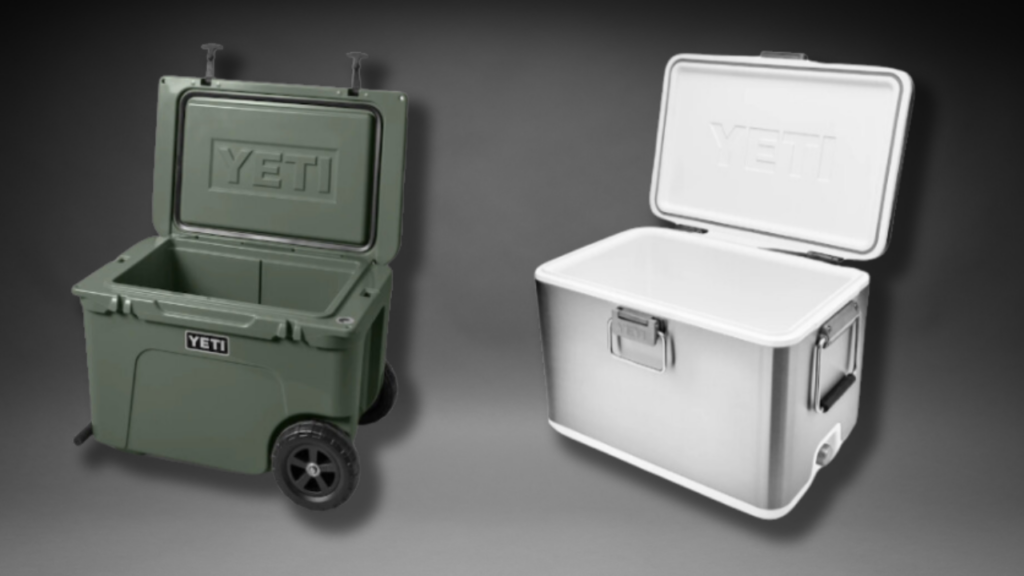
Figure 3. Thick walls of the YETI Tundra Haul compared with the sleek YETI V-Series.
The first of its kind, the YETI V-series uses vacuum-insulated panels (VIPs) to line the sides and lid of the cooler. The low thermal conductivity of the VIPs allows for excellent temperature control without requiring thick walls. Another significant benefit of using vacuum insulation is that it allows for more space inside the cooler and doesn’t weigh it down like other high-end models. However, as mentioned above, vacuum insulation is much more expensive to manufacture, which puts this cooler on the market at a whopping $1,100.00 CAD.
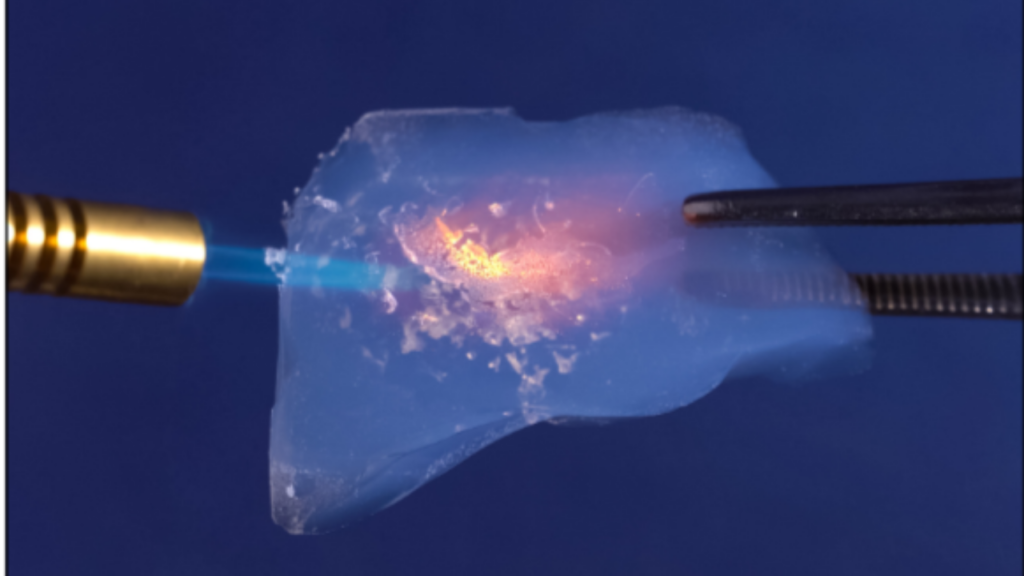
Figure 4. Aerogel
Move over vacuum insulation because aerogel is the next big thing in the industry. These are gels from which all the water has been removed, leaving behind a composition of over 90% air. What’s remarkable about aerogels is their exceptional thermal insulation properties, boasting an incredibly low thermal conductivity of 0.01 to 0.1 W/m·K. Initially developed by NASA for space suits, this insulation type is considered one of the most advanced, offering maximum thermal protection. The icing on the cake? Aerogels are so lightweight that they can provide the same level of insulation as other materials but with just a third of the thickness.
While aerogel was initially used on a large scale, recent years have seen a surge in research to create smaller-scale aerogel products. These include thermal jackets, boots, and gloves. Thanks to their extremely low density and thermal conductivity, aerogels offer excellent thermal protection without bulky layers. But that’s not all. Aerogels also stand out as an eco-friendly insulation option compared to many others. With sustainability efforts on the rise, the future of aerogels could even extend to thermal mugs and travel coolers.
Disposable cups contribute significantly to environmental pollution and resource depletion. Travel mugs have significantly impacted the environment by reducing the use of disposable cups made of paper or plastic. But how does the type of insulation used in thermal mugs affect the environment?
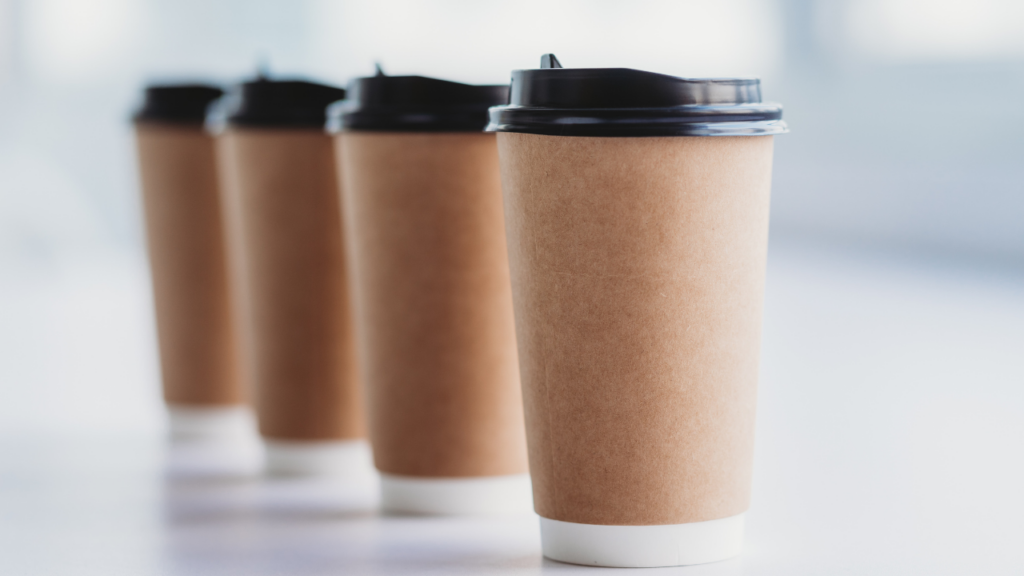
Figure 5. Paper cups contribute to environmental pollution. Switching to a reusable cup has a positive impact on reducing waste.
The three most common forms of insulation in travel mugs and coolers include double-walled (air), foam or vacuum. Every type of insulation has drawbacks when it comes to environmental impact. Specific kinds of insulation impact the environment in different ways. Air insulation does not have a direct environmental impact. However, when it comes to double-walled insulation, the environmental impact depends on the methods and materials used to manufacture it.
Foams are an excellent insulation method; however, many contribute negatively to global warming. Foam insulation containing chlorofluorocarbons (CFCs) contributes significantly to ozone depletion and global warming as CFCs tend to leak out of the product. Many foams require fossil fuels for production, which has a negative environmental impact. It is important to note that insulating foam’s environmental impact depends on the material’s type and source.
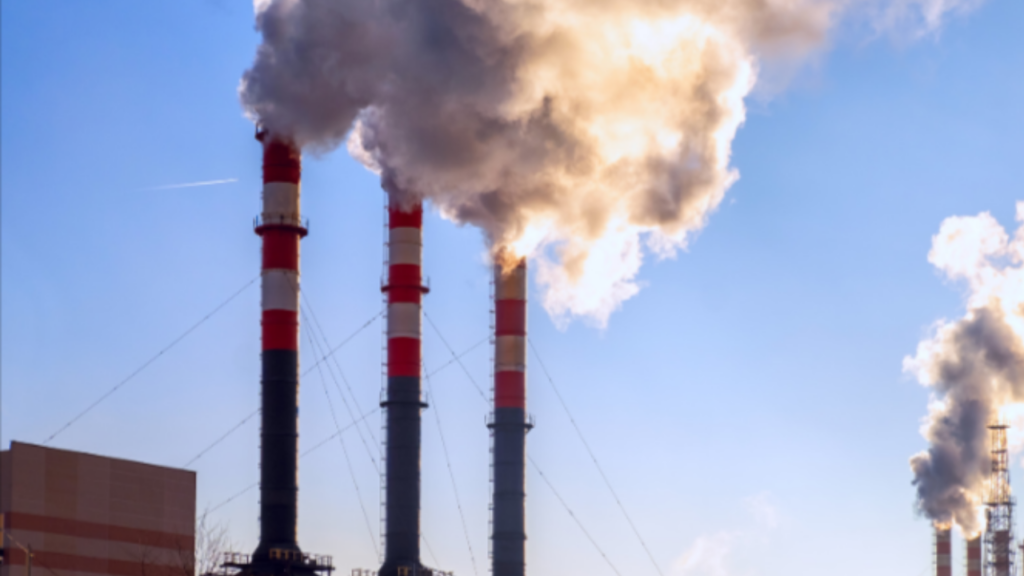
Figure 6. Production of VIPs requires high-temperature furnaces that contribute to greenhouse gas emissions.
Regarding vacuum insulation, concerns exist about the environmental impact of the raw materials used to produce it, the manufacturing process, pollutants given off during its lifecycle, and recyclability. The production of VIPs requires a significant amount of energy, and the materials used in production have a negative environmental impact. Typically, fumed silica cores are used in the production of VIPs. However, manufacturing these cores requires very high-temperature furnaces, which can generate a lot of greenhouse gases. In addition to these concerns, there are also concerns about the disposal of VIPs, as they are challenging to recycle and hurt the environment.
Sustainability is a concept that is becoming increasingly important in many industries, and because of this, eco-friendly insulation is on the rise. This includes insulation that comes from recycled or natural materials, contains no toxic chemicals, and has limited greenhouse gas emissions during production. Some examples of eco-friendly insulation on the rise are sheep’s wool, cork, and aerogel.
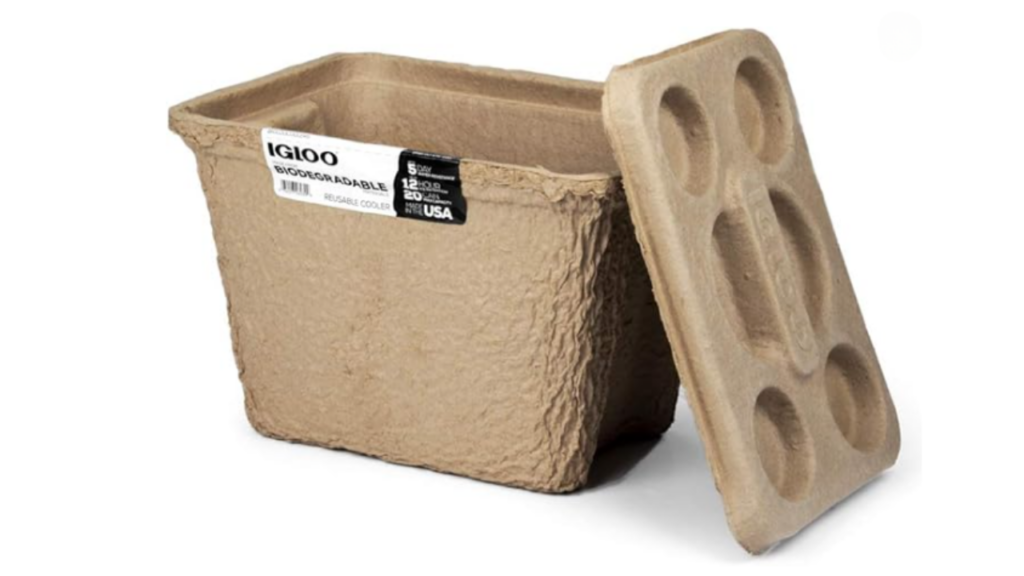
Figure 7. Biodegradable Igloo Recool is just as effective at retaining temperature as polystyrene, while being ecofriendly.
The most important thing to consider when purchasing a travel mug is the insulation type and thickness. However, if you already have a mug and want to improve how long it retains temperatures, you can do a couple of things. First, preheat the mug by filling it with hot water for a few minutes, emptying it, and then filling it with your hot beverage. In doing this, you avoid adding your drink to a cold mug, which can lower the temperature.
The second and most important is to keep the lid permanently shut when not in use to prevent heat from escaping.
You may be under the impression that you need to pay top dollar to get a high-quality cooler. The truth comes down to your wants and needs. Premium coolers have a lot of valuable features, but you don’t need to spend a small fortune to get decent ice retention. Often, basic coolers that can be purchased from your local department store have excellent ice retention properties. If you require better temperature preservation on a budget, there are ways of further insulating basic coolers by adding thicker insulation, latching mechanisms, and gaskets to help lock in temperatures.
With traditional single-wall containers, heat or cold can easily find its way into the liquid via convection. Double-walled containers feature an inner and outer wall. The gap between the two walls is typically insulated by foam or vacuum. The airless space prevents heat loss by conduction and convection. While single-wall containers may be cheaper and more lightweight, they cannot be compared to double-walled containers in terms of temperature preservation.
Cleaning your cooler or travel mug is paramount for keeping your products pristine. There are a few simple and effective methods for cleaning your insulated products. The first and easiest is using soap, warm water, and a sponge. Another technique involves using a toothbrush with baking soda and water for those stubborn, hard-to-reach spots. Lastly, for a nice deep clean, you can fill your mug or cooler with a vinegar and warm water mixture and let it soak for about 15 minutes, then rinse. Be sure to fully dry your cooler or travel mug before storing it to prevent mold or bacteria growth, and cleaning your cooler or travel mug after each use prevents the buildup of harmful germs.
Hill, C., Norton, A., & Dibdiakova, J. (2018). A comparison of the environmental impacts of different categories of insulation materials. Energy and Buildings, 162, 12–20. https://doi.org/10.1016/j.enbuild.2017.12.009
Jung, Y., Kim, M., Kim, T., Ahn, J., Lee, J., & Ko, S. H. (2023). Functional materials and innovative strategies for Wearable Thermal Management Applications. Nano-Micro Letters, 15(1). https://doi.org/10.1007/s40820-023-01126-1
Montes, S., & Maleki, H. (2020). Aerogels and their applications. Colloidal Metal Oxide Nanoparticles, 337–399. doi:10.1016/b978-0-12-813357-6.00015-2
The top eco-friendly insulation materials. Thermtest. (2023b, May 16). https://thermtest.com/the-top-eco-friendly-insulation-materials
What is aerogel?. Aspen Aerogels. (2023, July 25). https://www.aerogel.com/about-aerogel/